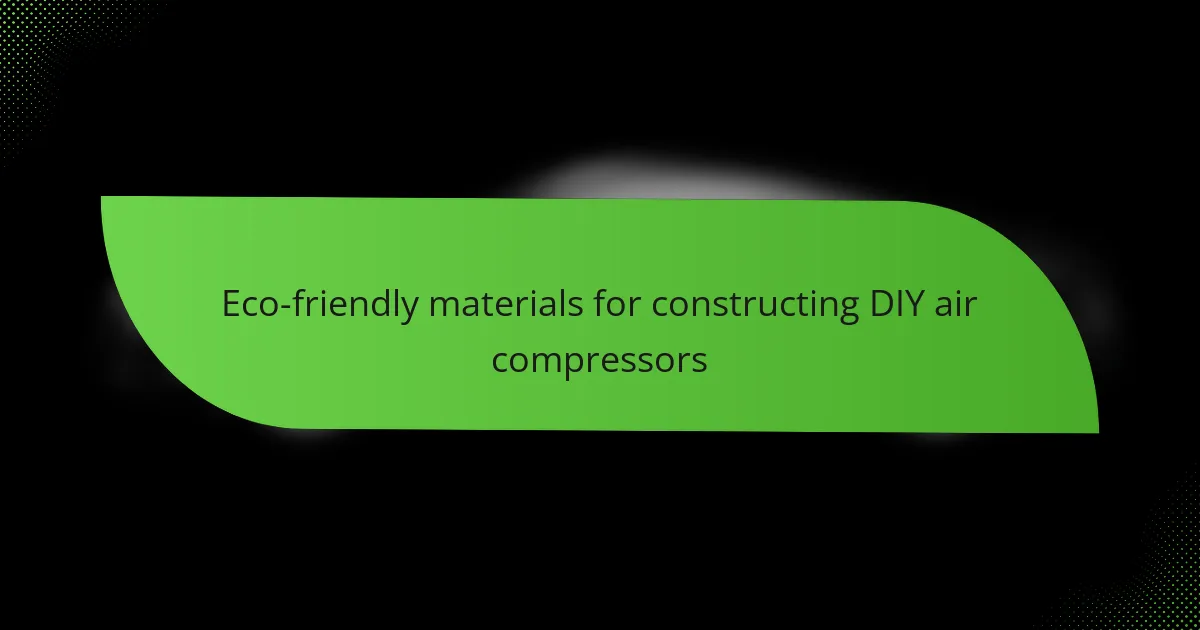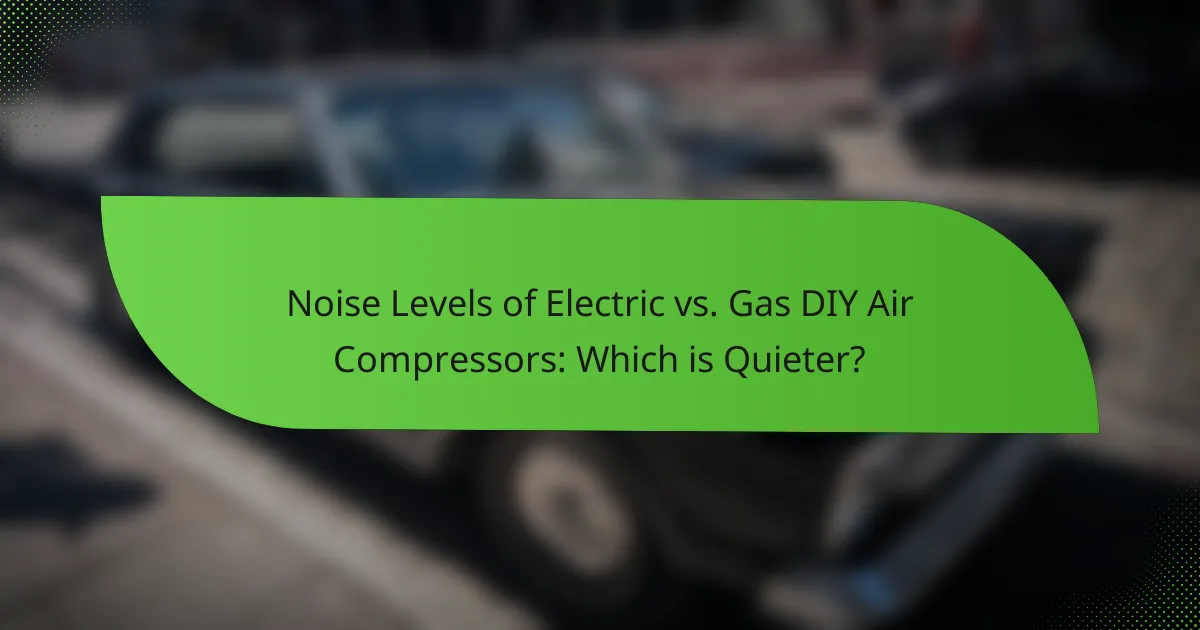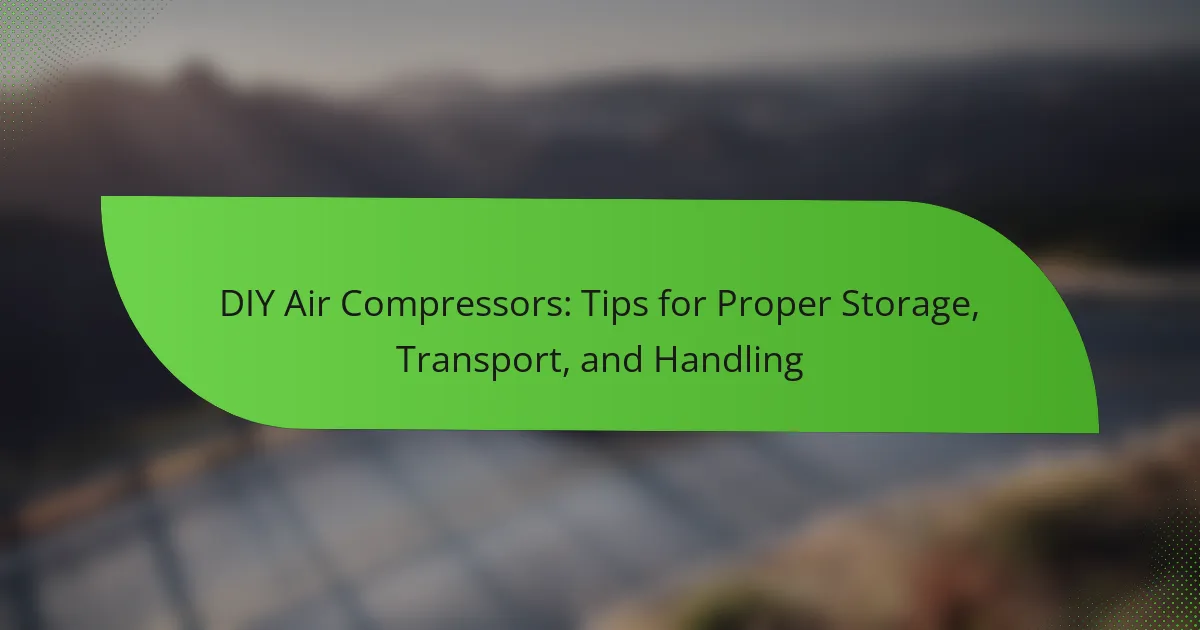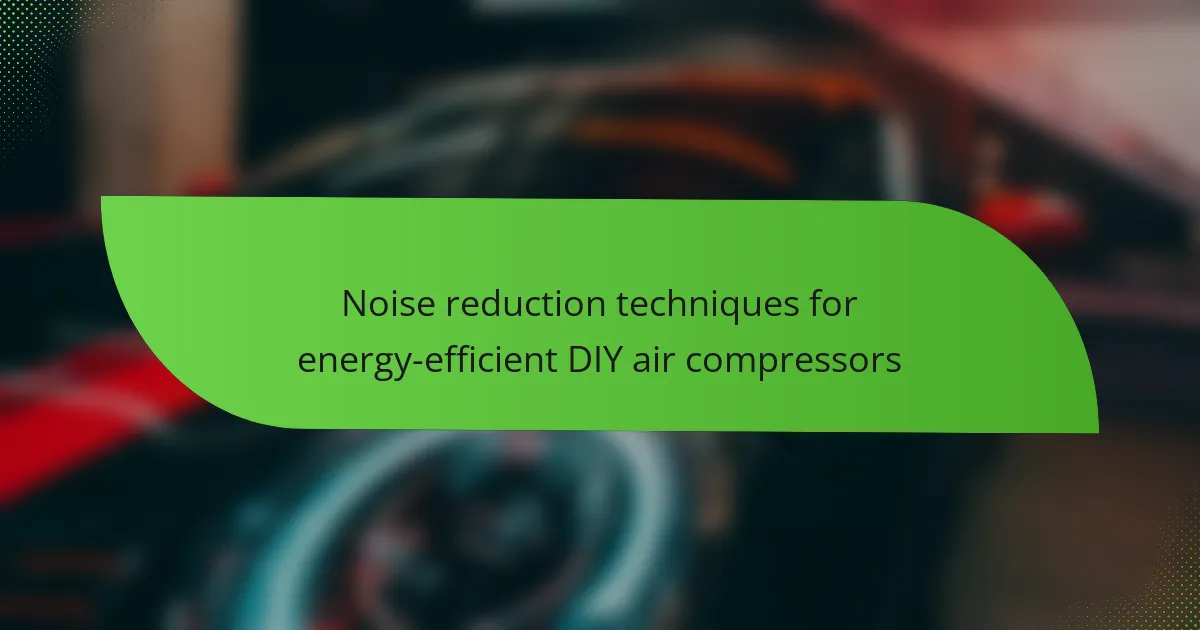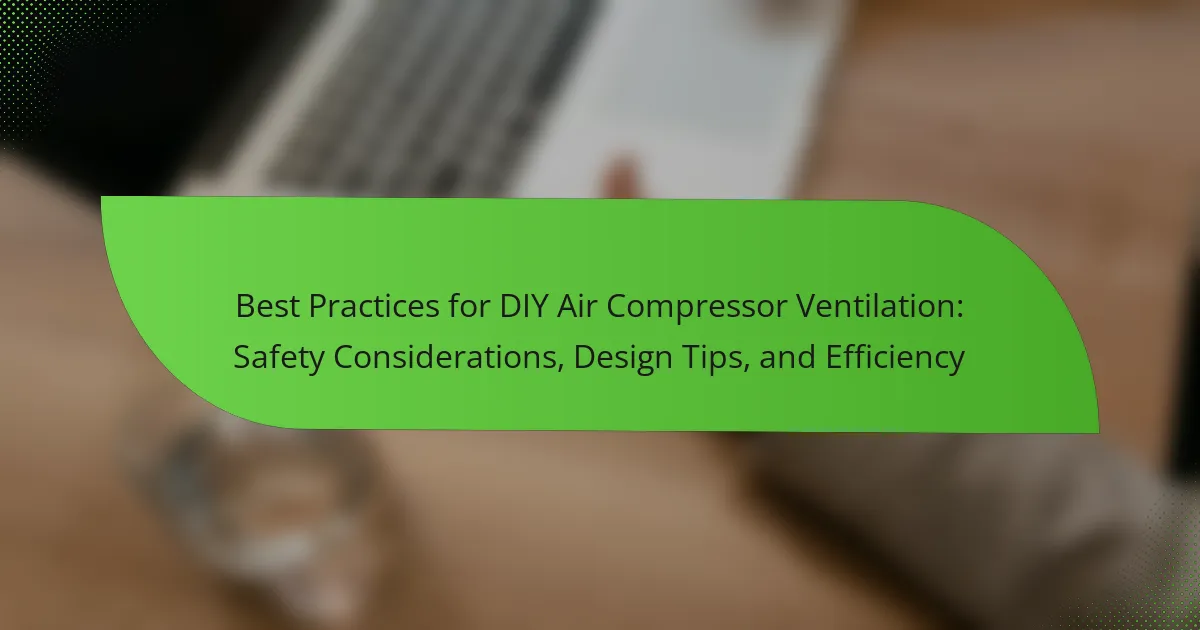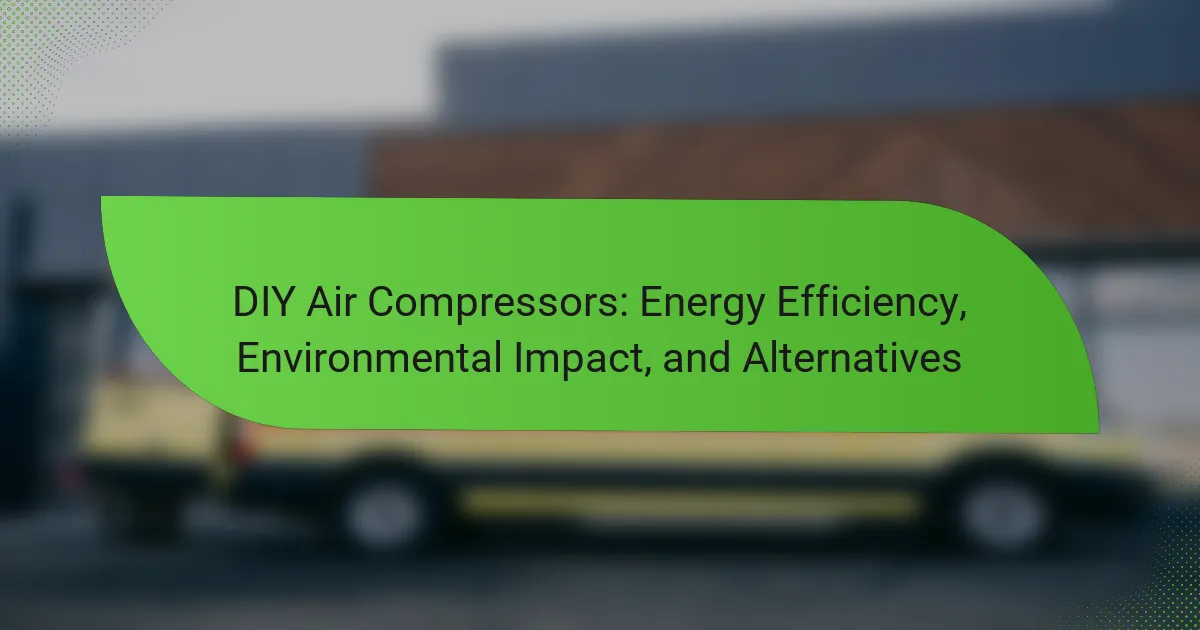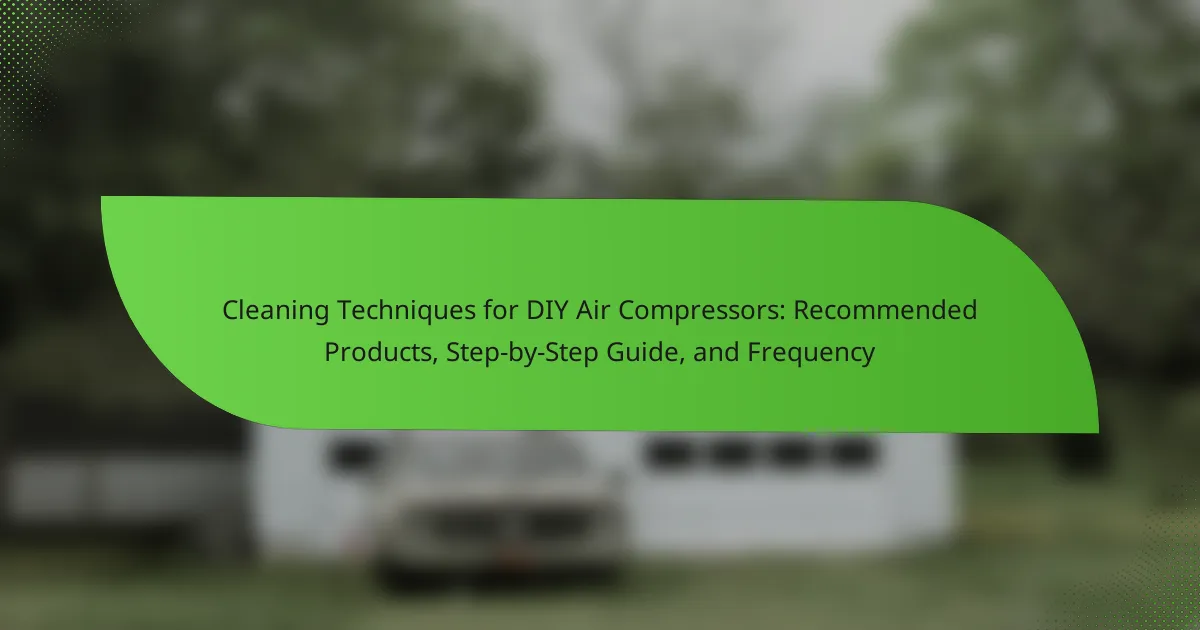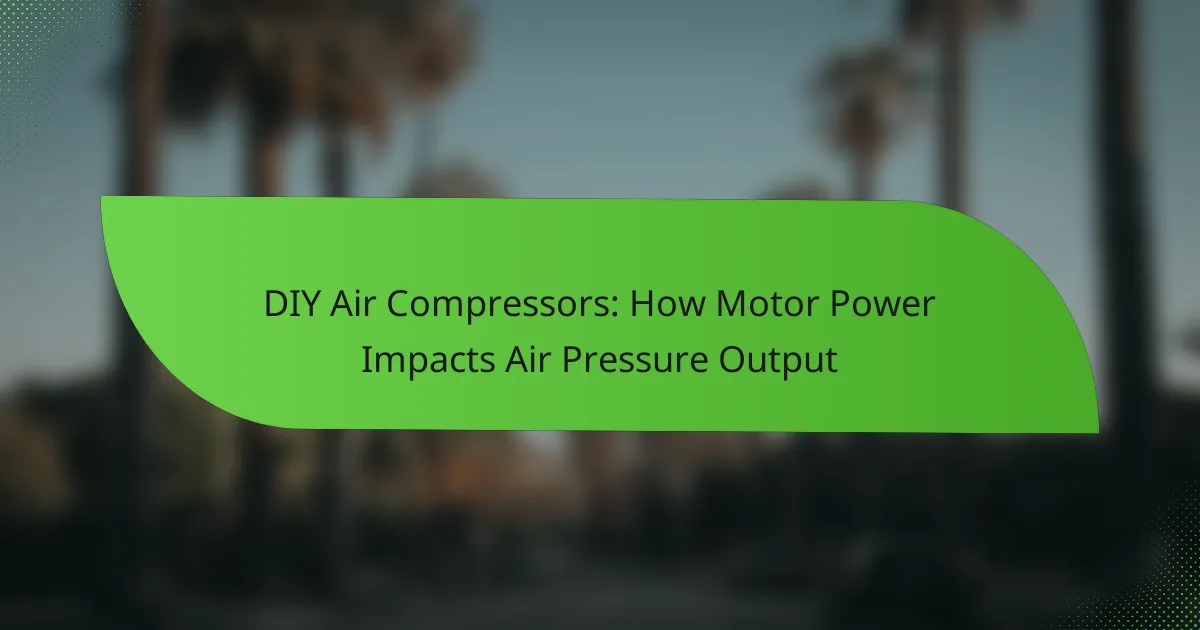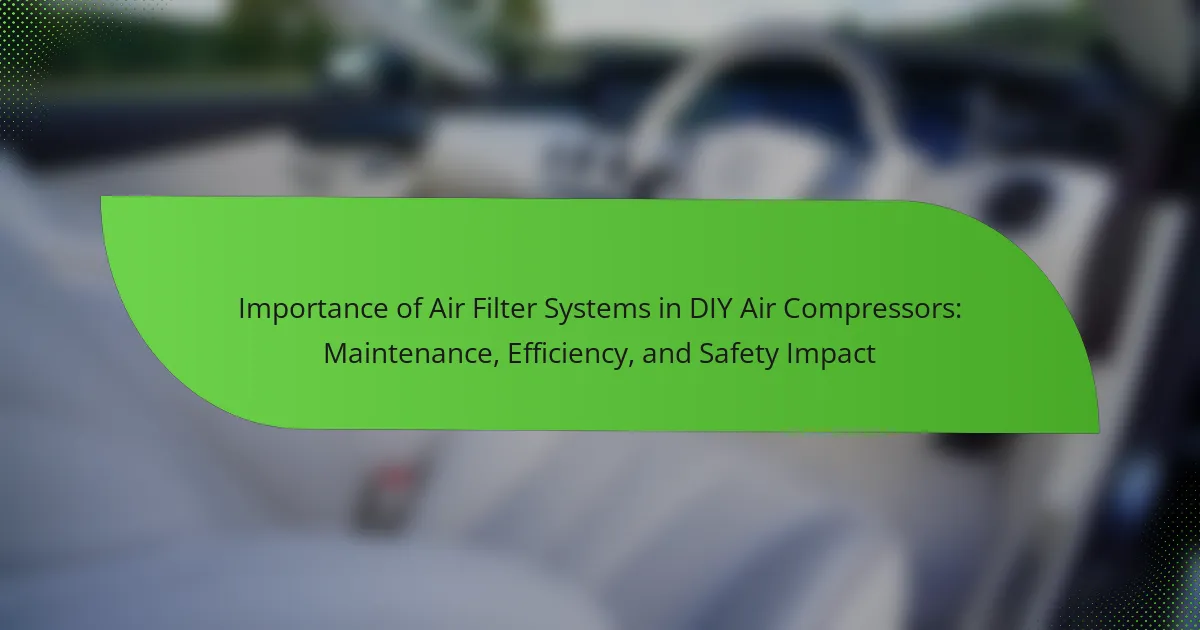
Importance of Air Filter Systems in DIY Air Compressors: Maintenance, Efficiency, and Safety Impact
Air filter systems are critical components in DIY air compressors, ensuring the intake of clean air to prevent contamination of internal parts. Contaminants can lead to wear and tear, reducing efficiency and increasing maintenance costs. The article highlights the importance of air filters in enhancing compressor performance, extending tool life, and improving the quality of…
